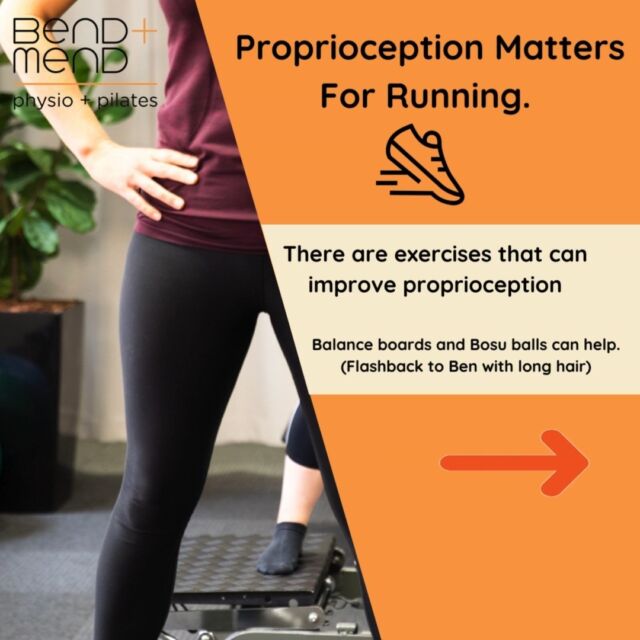 Everyone has their preferred sleeping posture but is yours causing you more harm than good? During the day we aim to be conscious of the way we sit and move, however are we making sure that our bodies are resting in the right position at night?
Everyone has their preferred sleeping posture but is yours causing you more harm than good? During the day we aim to be conscious of the way we sit and move, however are we making sure that our bodies are resting in the right position at night?
It is widely known that sleeping in a position which maintains the natural curves of your spine is optimal. Lying on your back with a pillow under your knees or on your side with your knees slightly bent and a pillow between your knees, are most commonly recommended.
Sleeping on your side with your knees drawn up to your chest is usually not advisable as your lower back is in a flexed posture, however this position may be preferable for people who suffer from low back pain with activities such as running and walking, where the low back is extended. Alternatively, lying on your side or back with your knees straight might be appropriate for people who experience low back pain with sitting.
Sleeping on your stomach should be avoided as this not only places your low back into excessive extension, but also forces your neck to be rotated to one side. For you stubborn stomach sleepers who struggle to rest in alternative positions, try sleeping in a partial stomach position (i.e. halfway between stomach and side sleeping), with pillows under one shoulder, hip and knee.
(See diagram for the difference between spinal flexion and extension)
With the wide variety of pillows on offer, choosing the right one for you can be challenging. Most quality pillows will only last you 3-4 years and lesser quality ones will only remain supportive for just a few months. If you are consistently waking during the night or morning with a stiff neck, neck pain or headache, it is probably time to change your pillow. Regardless of your preferred sleeping position, you need to ensure that the natural curve in your neck is maintained. If the pillow is too high or low, your neck is bent abnormally out of alignment which places strain on your muscles and joints. Stomach sleepers should opt for a flat pillow to reduce the amount of neck rotation.
*When choosing your mattress and pillow, you should take someone with you or lie in front of a mirror to ensure your natural spinal curves are maintained. Take your time when testing them out, as remember, this is a long-term health choice for you.
If you are someone who wakes with spinal pain or stiffness, you should seek the advice of your Physiotherapist as they might recommend you alter your sleeping position and/or change your pillow or mattress to reduce your symptoms, leading to a more comfortable sleep and better quality of life. The Physio’s at Sydney’s CBD Bend + Mend can help!







